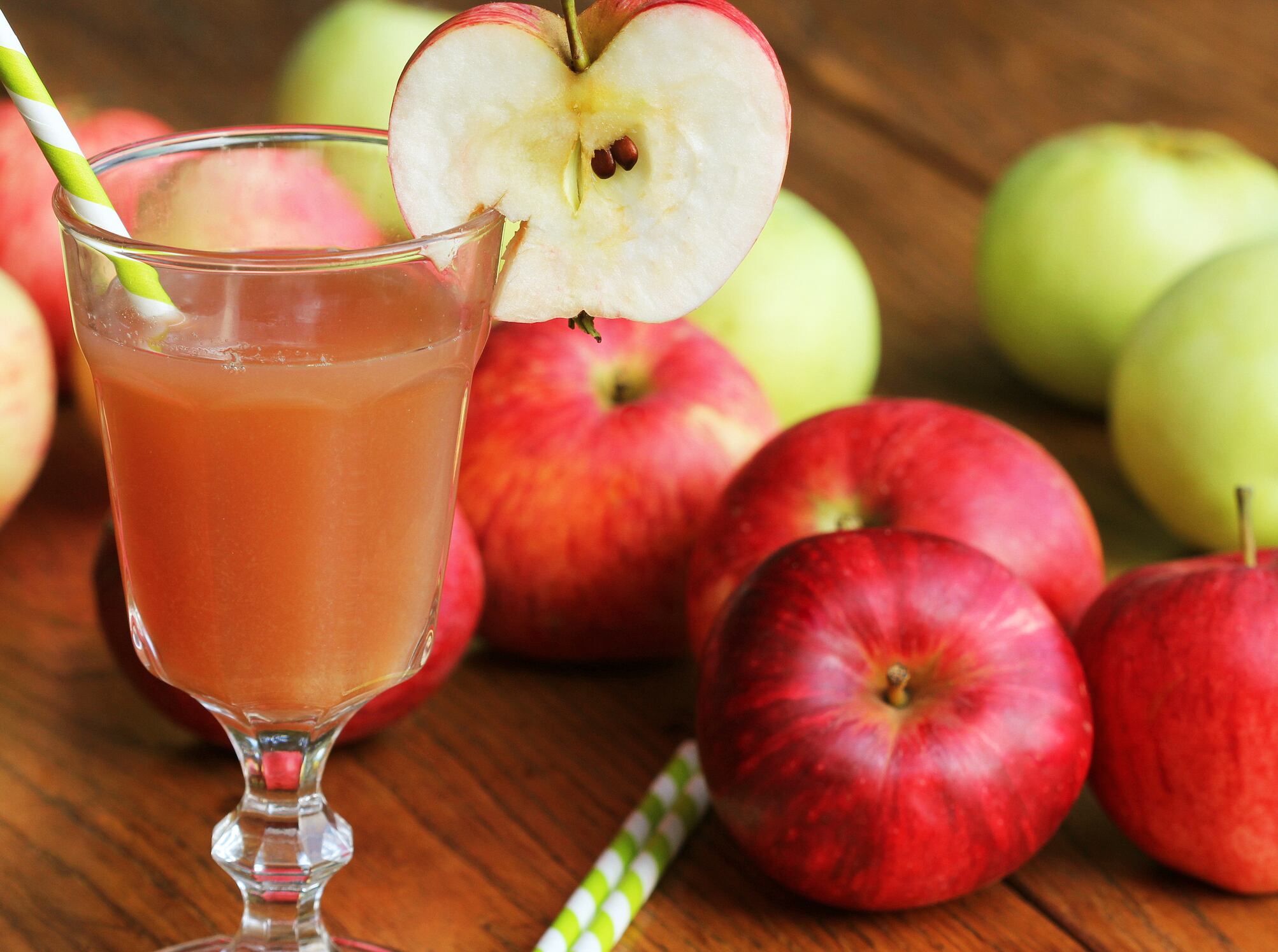Consumers are clearly after food and beverages that are natural; but they’re now also increasingly looking for functionality and an added health benefit. They also want to see packaging that is eco-friendly.
But how do these trends play out into the beverages we drink and the products on show at BrauBeviale this year?
What to drink when you’re not drinking
As consumers seek to lead healthier lifestyles, no and low alcohol drinks have been gathering pace across Europe and beyond. Germany’s beer market is a classic example: while beer sales are declining, non-alcoholic beers have been growing and now account for around 6.5% of the market (the global average is around 1.2%). Germany has around 400 brands of alcohol free beer: with Radler being one of the favourites. The growing recognition and reputation of the Alkoholfrei as both a category in concept will continue to propel the category forward.
But it’s not just beer: other alternatives to alcohol are springing up across categories.
The Craft Drinks Area at BrauBeviale will include a bar dedicated to no and low alcohol drinks.
Naturally cloudy
Consumers want natural products: and they’re now looking to see this illustrated in naturally cloudy beverages and non-alcoholic shandies. Expect to see more beverages marked up as ‘naturally cloudy’ hit the shelves in non-alcoholic beverages.
Batch size 1
Beverage manufacturers are needing to become increasingly agile: with increased flexibility in production lines and the need to be able to produce smaller batches with optimum efficiency.
In an industry that tends to think in tens of thousands rather than individual bottles comes the idea of ‘batch size 1’.
Batch size describes the number of units of a given product type that are combined into a single batch and manufactured in one go without interruption. Batch size 1 means being able to produce individual, special orders as if they were mass-produced, on the conveyor belt, and as far as possible on the same terms as mass-produced items.
The object of batch size 1 is to make a ‘made to measure’ product in the same time and for the same cost as an ‘off the rack’ product.
Essences
Essences are growing in popularity. These are beverages based on natural mineral water with added fruit extracts – all the better if they’re of organic quality – that provide the beverage with a burst of flavour without calories, sugar or additives.
In terms of flavour, the essences are usually marketed in fruit-vegetable-herb combinations, such as citrus fruit-rosemary or mint-cucumber.
New varieties
For those working in agriculture to provide the raw materials for beer and other beverages, climate change is a pressing concern. One way to address the challenges is by choosing different varieties that can better withstand climate change: such as those that need less water and yet can still deliver a full flavour. Can these new varieties help brewers continue to produce their classic brews – or will beer eventually taste different to how it does today?
Under the heading: “Future risk climate: developments and consequences for raw brewing ingredients”, industry experts will discuss the possible impact of climate change on malting barley, hops and water resources at the BrauBeviale Forum.

